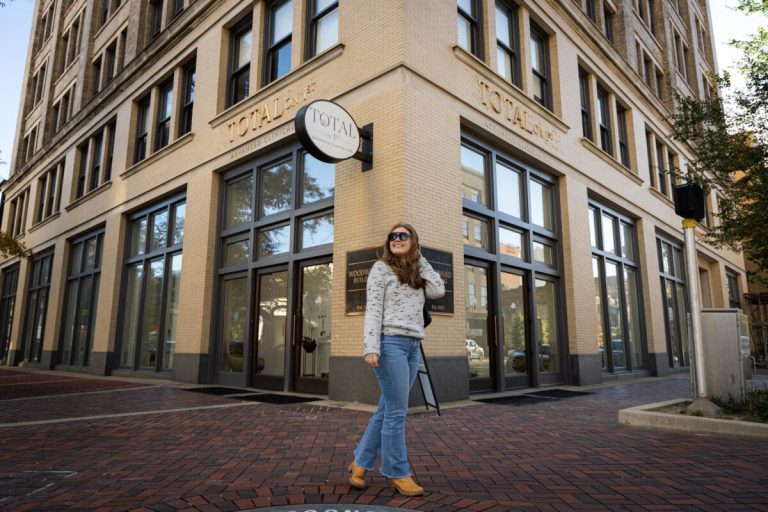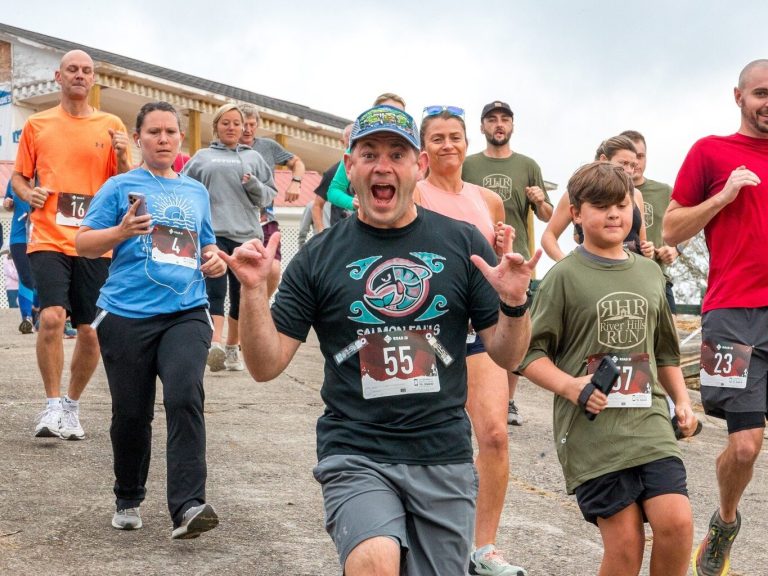What this UAB doctor learned about COVID-19 after getting it
Reading time: 6 minutes

Dr. Michael Saag is the Jim Stanley Chair in AIDS Research and the Director of the Center for AIDS Research at UAB’s School of Medicine. For almost 40 years, he’s been at the forefront of the battle against HIV/AIDS and is currently in the spotlight because he’s recently recovered from COVID-19. Last night he and Dr. Anthony Fauci were on C-SPAN’s “Washington Journal Prime Time” for a Q + A on the National Fight Against COVID-19. Keep reading to find out some key takeaways.
If you’d like to learn more about Dr. Saag’s experience with getting—and recovering from—COVID-19, check out this Op-Ed in the Washington Post.
1. What COVID-19 was like
For Dr. Saag, it was a humbling experience. Unlike the flu, which hits all of a sudden, this illness had much more of a slow ramp-up. The first couple of days, he had body aches and a headache. After that, he developed a cough. Four or five days later, he got a fever.
One of the strangest symptoms was loss of taste and smell. He said the headaches were bad, with pain on top of the head, which seems to be a universal symptom. He said it went on for many days in a row and the symptoms were worse at night.
2. Similarities between HIV and SARS-COV-2 (the novel coronavirus)

According to Dr. Saag, “viruses exist to survive and to replicate. This new virus, that humans have not seen before, invades the body and takes advantage of the opportunity of a new playing field it can play in. The symptoms aren’t caused by the virus itself, but rather by the body’s immune response to the virus.”
When asked about similarities and differences between AIDS and COVID-19, he said that HIV is chronic, like Hepatitis-C or herpes, whereas COVID-19 can be cleared like measles.
He also said that the years of research and learning that has been invested in trying, unsuccessfully, to develop an AIDS vaccine are now paying off as scientists race to develop a vaccine for the SARS-CoV-2 virus.
3. Immunity, asymptomatic transmission and a possible COVID-19 vaccine

The current thinking is that someone like Dr. Saag should have a protective immune system response. His blood is currently in a lab being evaluated, and so far they’ve seen that he produced a lot of antibodies through having the infection. Doctors are hoping that the majority of people will only get this virus once.
Apparently, according to one caller, Iceland has had more testing than any other country, and half of the people who tested positive were completely asymptomatic. Dr. Saag is hopeful that at some point we will have enough broad-based, random antibody testing in this country to determine how many people may have developed immunity without symptoms.
4. A realistic timeline estimate for a COVID-19 vaccine

To make a vaccine, scientists take a fragment of the virus and put it in another vector, package it up and inject it in the arm of someone who’s never had the virus. They then watch to see what kind of immune response the person has. Ideally, it mimics a true infection while preventing infection.
Dr. Saag’s conservative estimate is 18 months, though some people think a vaccine will be ready by late winter or early spring. Here’s what needs to happen first:
✅ Need candidate vaccines (have several, including one that Southern Research and UAB are working on).
✅ Need to test on animals to see what immune system response occurs (this is happening, including in Birmingham).
✅ Need human studies (this is all happening on fast forward now) to test for 1) safety and 2) immune response over a period of time.
➡️ From this, scientists have to figure out how much to give and how often to get the best immune response.
➡️ Test on large numbers of people vs. a placebo to see if it actually protects them.
5. On social distancing

When asked about what we should all be doing right now, Saag said:
“We’re all in this together. It’s time to be patriots and do our civic duty for ourselves, our family and our community.
We need to keep a social distance, at least six6 feet apart, when we are doing essential things. If we’re at a restaurant for curbside pickup or at a place of business, not only the patrons but the people working there need to keep six feet apart.
Now I would recommend a mask because 1) if someone has COVID-19 and sneezes or coughs, it will be captured and not put out in the environment and 2) it keeps us from touching our face where we might inoculate ourselves after picking up the virus off a surface.”
6. On possible drug therapies

Dr. Saag said he remembers well the desperation for effective drugs in the early days of AIDS and can relate from how he felt at night when he didn’t know if he’d get sicker and end up on a ventilator.
A number of questions were asked about potential drug therapies for COVID-19. Dr. Saag admitted that when he was the most ill, on Day 7, based on anecdotal evidence and out of desperation, he took hydroxychloroquine and azithromycin. Unlike when you take Tamiflu and feel better within 12 hours, he did not notice any improvement in his symptoms. Now he regrets having done this, since he’s learned that that combination can lead to EKG abnormalities or fatal arrhythmias. Instead, he says we need randomized clinical control studies.
7. On recovery from COVID-19
When asked if he considered himself back at 100%, Dr. Saag said he’d say he’s at 98.5%. He can do what he wants through the day, but when he got on his elliptical this past weekend, he wore out a lot faster than he normally would.



